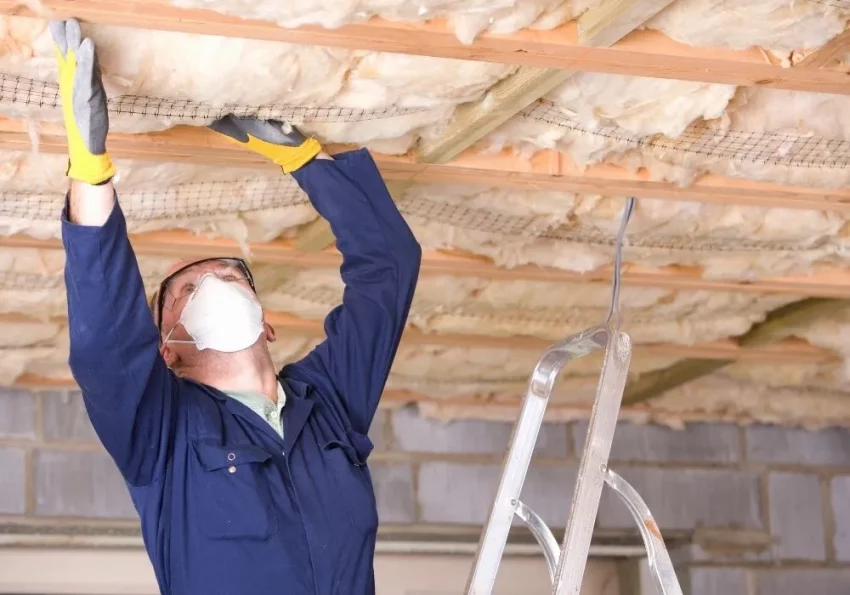If you’ve ever spent a winter day in a cold, uninsulated garage, you know just how uncomfortable it can be. Whether you use your garage as a workshop, storage space, or even plan to convert it into a living area, proper insulation is essential. Insulating your garage not only improves comfort but also helps save energy and reduce heating costs. In this guide, we’ll explore the ins and outs of garage insulation, breaking down the process into manageable steps.
Why Should You Insulate Your Garage?
Discover the transformative benefits of insulating your garage, from energy savings and comfort to enhanced versatility and home value.
Here are some compelling reasons:
- Temperature Control: Insulation helps maintain a comfortable climate in your garage year-round.
- Energy Efficiency: Proper insulation reduces heating and cooling costs by preventing heat loss or gain.
- Protect Valuables: Insulation shields items stored in your garage from extreme temperatures and humidity.
- Noise Reduction: Insulation minimizes noise pollution, making your garage a quieter space.
- Versatility: Insulated garages can be repurposed into workshops, home offices, or additional living areas.
- Comfort: Enjoy a more comfortable garage for various activities, from hobbies to workouts.
- Increased Home Value: Insulated garages can enhance your property’s resale value.
- Sustainability: Reduced energy consumption contributes to a greener, more eco-friendly home.
- Long-Term Savings: Lower energy bills result in cost savings over time.
- Health Benefits: A comfortable, well-insulated garage promotes well-being during extreme weather.
How to Insulate Your Garage
Now that you understand why garage insulation is essential, let’s dive into the process. Here’s a step-by-step guide:
1. Assess Your Garage
Before you start insulating, evaluate your garage’s condition. Check for gaps, cracks, and areas that may need repair. This step ensures you address any structural issues before adding insulation.
2. Choose Insulation Materials
Selecting the right insulation material is crucial. Common options include fiberglass, foam board, and spray foam. Consider your budget, climate, and intended use when making your choice.
3. Seal Gaps and Cracks
Seal any gaps or cracks in the walls and ceiling to prevent drafts and moisture intrusion. Use caulk or weather-stripping to ensure a tight seal.
4. Insulate Walls
Install insulation between the wall studs. Ensure it fits snugly and covers the entire wall. You can add a vapor barrier to further protect against moisture.
5. Insulate the Ceiling
If your garage has a ceiling, insulate it as well. Use insulation designed for ceilings, and be sure to cover any access points, such as attic hatches.
6. Insulate Garage Doors
Garage doors are a significant source of heat loss. Consider adding insulation panels or purchasing an insulated garage door if your budget allows.
7. Consider Flooring
If you want to maximize insulation, consider insulating the garage floor. You can use rigid foam insulation covered with plywood or epoxy flooring for a finished look.
With these steps completed, your garage will be well-insulated, providing comfort and energy savings year-round.
Conclusion
Insulating your garage is a smart investment that enhances comfort, saves energy, and protects your belongings. By following the steps outlined in this guide, you can transform your garage into a more versatile and comfortable space. Don’t let extreme temperatures and high energy bills deter you any longer – take action and insulate your garage today.
Read also:
Elevate Your Interiors
Indoor Fountains
Warehouse Cleaning Matters

